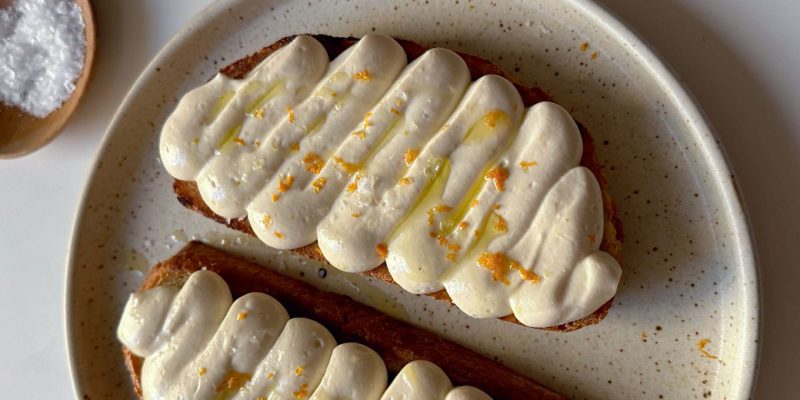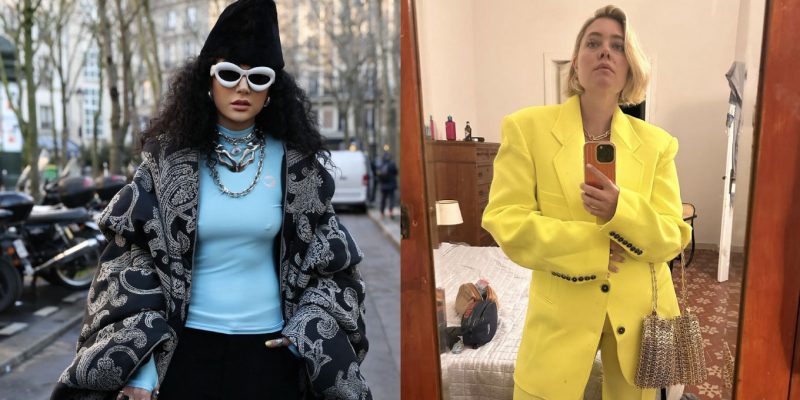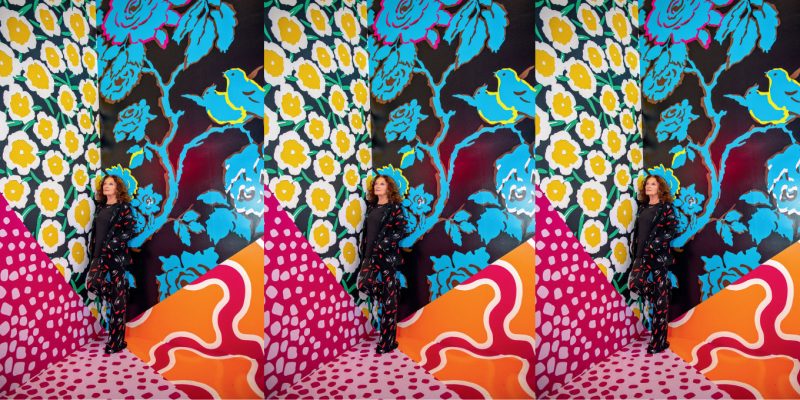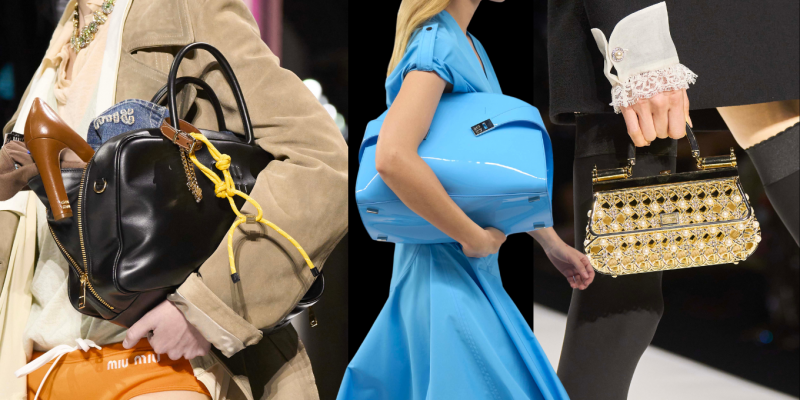Trends
Fashion trends: Designer brands and hyper luxury
3 ways the fashion industry and designer brands are becoming ever more exclusive in the world of fashion trends.
by : Aya McMillan- Oct 21st, 2011

America’s credit rating is tenuous. Greece is on the brink of bankruptcy. And Italy, France and Spain are reeling from the weight of crushing debts. The world may be on the verge of another economic meltdown, but for a select few – particularly those people living in emerging markets like India, Russia, the Middle East, and most importantly, China – excess is an absolute essential. Business in the luxury sector is, in fact, booming with designer brands like Louis Vuitton and Hermès (purveyors of wait-list worthy Speedys and Birkins) reporting doubled-digit sales gains.
Indeed, the demand for luxury designer brands and goods in fashion trends has risen so dramatically that it has spawned a new phenomenon – hyper luxury: products that are rare, ultra exclusive and unapologetically expensive. It’s why, as the
New York Times reported recently, that Nordstrom had a waiting list for Chanel sequined tweed coat with a $10,000 price tag; Neiman Marcus sold out almost every size in a particular $800 Christian Louboutin shoe and Mercedes Benz sold more cars in July than it had in any other July in the last five years.
And it’s not just about clichéd one-upmanship or
Keeping Up With the Kardashians in the face of recession. Rather, it is economic uncertainty that has spurred consumer consumers’ demand for value and – for those with bottomless bank accounts – exceptional products from designer brands. Read on for three forms that define the
luxury craze. Ah, decadence. How we’ve missed you.
Limited edition and bespoke goods
If bling helped determine what’s haute and what’s not before the economic downturn, then hyper luxury is based on haute craftsmanship, special materials and personalization. This is the opposite of fashion fashion; upmarket customers are willing to wait to get what they want when it comes to fashion trends. Case in point: Fendi now sells roughly one in 10 of its coveted Peekaboo bags on a made-to-order basis— at prices that range from $4,500 to $50,000 —to customers willing to pay a premium of at least 25 percent while allowing four to six months for delivery. Each comes with a handwritten note from Silvia Venturini Fendi. Fellow
Italian brand Prada recently sent 20 of its limited edition
crocodile handbags—each with a napa interior and an engraved metal plaque—to select stores with a sticker price of about $41,400.
Read on to learn how luxury and fashion trends go hand-in-hand on the next page…

Apart from bags, baubles and even eyewear have gotten the hyper luxe treatment as well. Bulgari’s new Le Gemme line of haute joaillerie sunglasses feature rose gold, colored gems, and diamonds and reach upwards of $45,000. Cartier’s Sortilège de Cartier fine jewelry range is comprised of 70 one-of-a-kind pieces centered on Mediterranean-flavored pieces designed to stimulate the olfactory senses and includes a multi-strand platinum necklace loaded with emeralds and diamonds, and a bracelet set in white gold with diamonds, pink sapphires, purple sapphires, boasting a detachable flower that can be worn as a brooch. The Parisian jeweller didn’t provide price points but trust when we say you can’t afford it if you have to ask.
Retail exclusives
The frenzy to buy what is not just expensive but highly exclusive has prompted upscale department stores like Barneys in New York and Holt Renfrew and The Room at the Bay in Canada to rapidly pursue designer exclusives to differentiate their offerings from their competitors. The Room, for example, now offers specially made designs from Duchess of Cambridge favourite, Canadian-bred designer Erdem. Selling for over $2,000 per frock, Nicholas Mellamphy, The Room’s creative director revealed that he expected them to sell out through pre-orders even before they hit the store floor.
Couture-like craftsmanship
With demand for extreme luxury continuing to bubble, a wide swath of fashion houses now offer accessories in precious and exotic skins—from Polo Ralph Lauren and Lanvin to Tod’s, Dior and Yves Saint Laurent—pushing prices into five (even six!) figure range. Christian Louboutin, the Parisian shoe guru known for his scarlet soles, stocks his boutiques with extraordinary footwear styles, such as crocodile motorcycle boots that retail for around $22,000. Coming soon: a pair of sandals adorned with rock crystals and precious and semiprecious stones, selling for $6,000.
When it comes to handbags, Chanel now keeps its most coveted arm candy, including some flouting couture Lesage embroideries at a cost of $4,200 to $42,000, in all its boutiques. Christian Dior’s Lady Dior range has a diamond-studded bag priced at about $300,000. Louis Vuitton has offered—and sold out of—handbags in 24-karat gold that took 300 hours to make, as well as patchwork bags, signed, numbered and sold in Perspex cases. Lanvin’s Alber Elbaz summarized the next generation of luxury consumption best: “If a handbag is the price of a house, the customer wants to make sure she’s the only one who’s got it.”
Whether the burgeoning success of hyper luxurious wares is sustainable remains to be seen but Tom Ford – a designer who knows a little something about selling ultra expensive items (to wit, his $52 lipstick) – believes this is just the start. “I don’t believe it is a trend at all but is here to stay for those who are fortunate enough to afford it,” he told WWD. “Quality is remembered long after style is forgotten.”
Read more:
Fall fashion trends: 10 ankle boots for fall
Fall fashion trends: Plaid prints and tartan skirts
Fall trend: Leopard print accessories
Newsletter
Join our mailing list for the latest and biggest in fashion trends, beauty, culture and celebrity.
Read Next

Fashion
H&M's Latest Designer Collab With Rokh Just Dropped (And It's So Good)
We chatted with the emerging designer about the collaboration, his favourite pieces and more.
by : Melissa Fejtek- Apr 18th, 2024

Culture
5 Toronto Restaurants to Celebrate Mother’s Day
Treat your mom right with a meal at any of these amazing restaurants.
by : Rebecca Gao- Apr 18th, 2024

Culture
This Maple Whipped Tofu Toast Is Unreal
Light, fluffy with a touch of zest, this maple syrup-infused toast is a slice of heaven.
by : Margaux Verdier- Apr 9th, 2024




